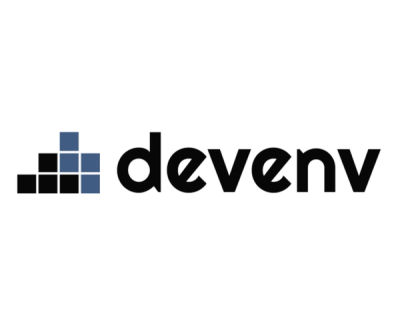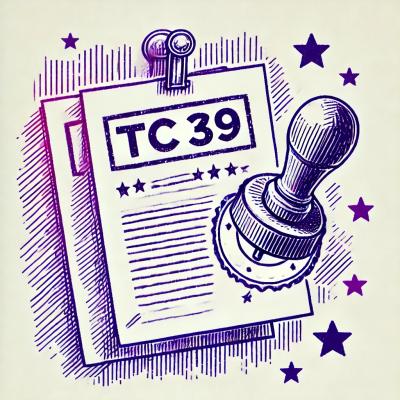Legerdemain
Lets your Node.js Express app understand Amazon's API Gateway/Lambda requests.
Status
Legerdemain is very much a work in progress. Don't use it for production. Please do report problems & use cases in the Issues tab on Github.
Legerdemain is part of Hocus Pocus, and works well with Hocus and Pocus. You can use Legerdemain without Hocus and Pocus, but you'll have to do a lot more things manually.
Installation
- Install Legerdemain from NPM.
npm install legerdemain --save
- Make sure your main application file (something like app.js) has module.exports line. This is created by default by Express:
module.exports = app;
- Create a file to expose a Lambda handler, with this as it's contents. We'll refer to this file as
translator.js in the next step.
var legerdemain = require('legerdemain');
var app = require('./app.js');
exports.handlers = legerdemain.bind(app)
Upload as an AWS Lambda
-
Zip up the contents of your app. Do not zip up the folder, just the contents.
-
Create a new Lambda function.
-
Set the handler to translator.handler.
Setup your API Gateway
-
Create a new API.
-
Define your resources and methods to match your app's routes. Map each method to your Lambda.
-
For each Method in the Gateway:
For the Integration Request, create a Mapping Template with Content-type of application/json. The actual template should look like this:
{
"stage": "$context.stage",
"request-id": "$context.requestId",
"api-id": "$context.apiId",
"resource-path": "$context.resourcePath",
"resource-id": "$context.resourceId",
"http-method": "$context.httpMethod",
"source-ip": "$context.identity.sourceIp",
"user-agent": "$context.identity.userAgent",
"account-id": "$context.identity.accountId",
"api-key": "$context.identity.apiKey",
"caller": "$context.identity.caller",
"user": "$context.identity.user",
"user-arn": "$context.identity.userArn",
"queryString": "$input.params().querystring",
"headers": "$input.params().header",
"pathParams": "$input.params().path",
"allParams": "$input.params()"
}
If the method is meant to return HTML,
3a) Create a Method Response with Content-type of text/html and use the Empty Model.
3b) Create an Integration Response with a Mapping Template, Content-type of text/html, with the following actual template:
#set($inputRoot = $input.path('$'))
$inputRoot.data
- Deploy your API.
AWS API Gateway will give you the base URL to your app. Open that base url, plus your route, in your browser. For instance, if you have a "/" route, you can just open the base URL that AWS API Gatway provided.
License
MIT



